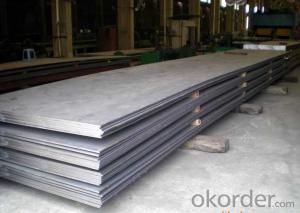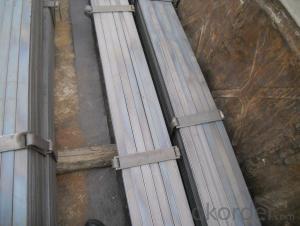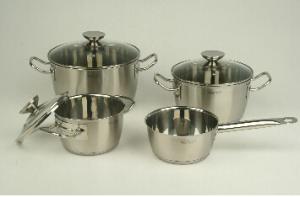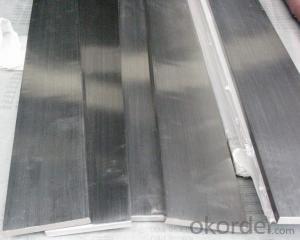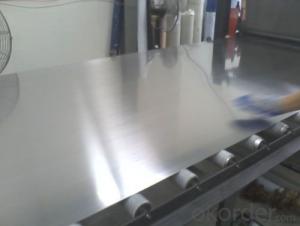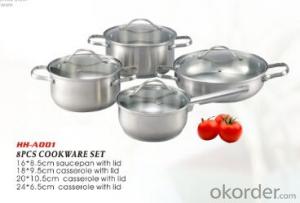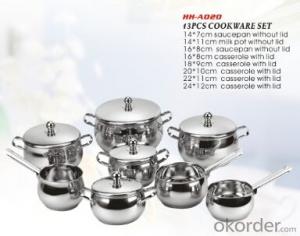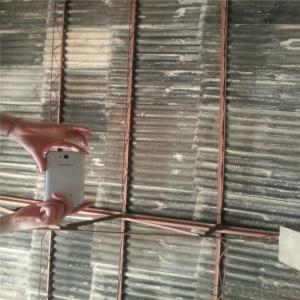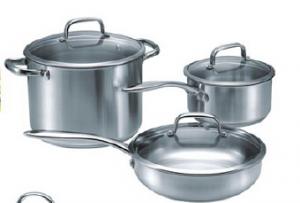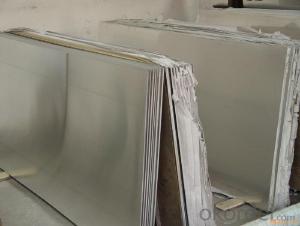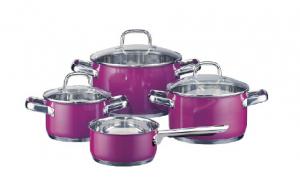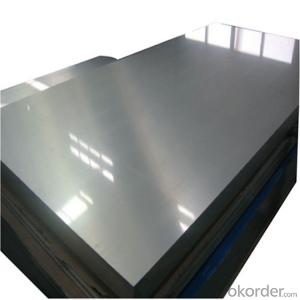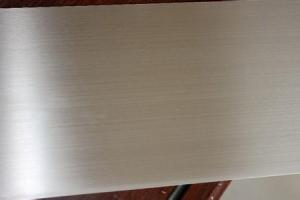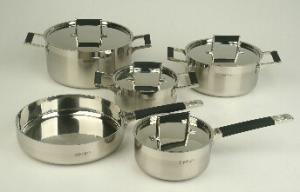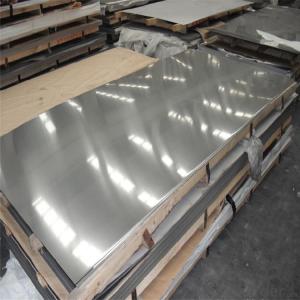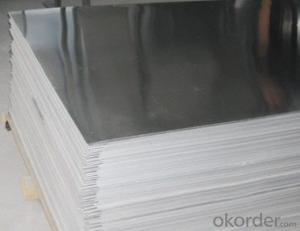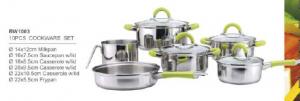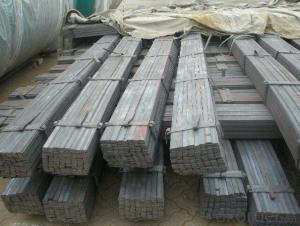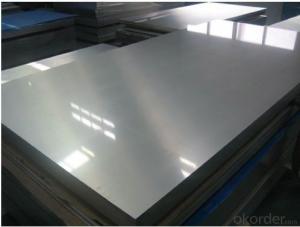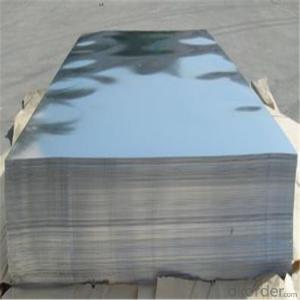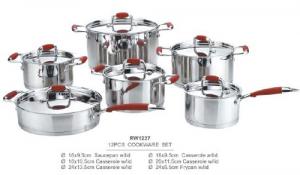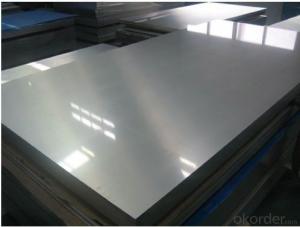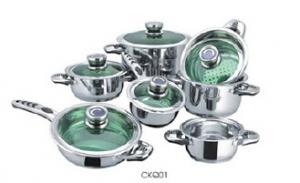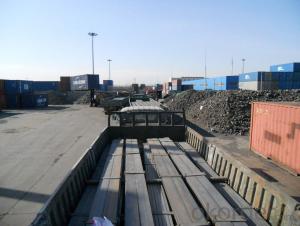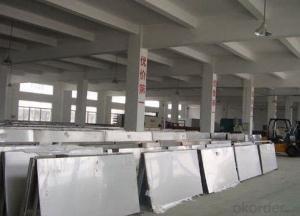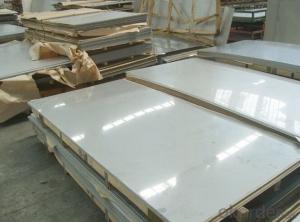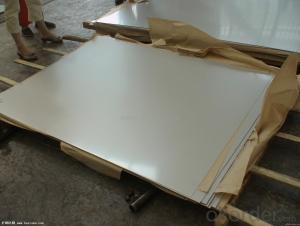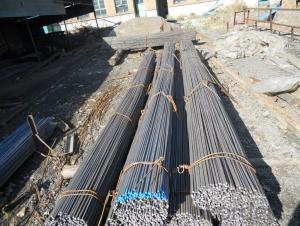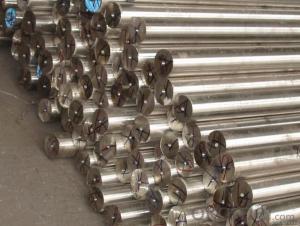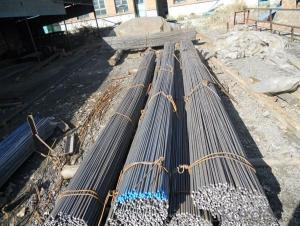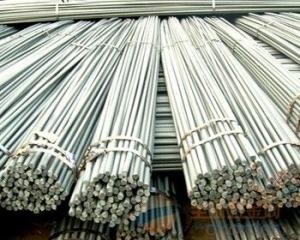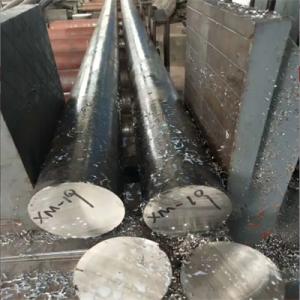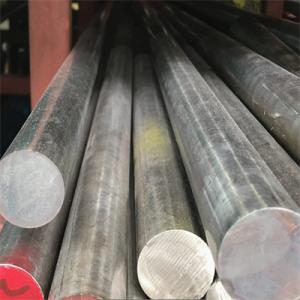1 4 Stainless Steel Plate
1 4 Stainless Steel Plate Related Searches
1/4 In Stainless Steel Plate 1 4 Aluminum Plate 1 4 Thick Aluminum Plate 1 4 Stainless Steel Tubing 1 4 Inch Aluminum Plate 4 Stainless Steel 1 4 Stainless Steel Rod 1 4 Inch Thick Aluminum Plate 1 4 In Aluminum Plate Stainless Steel Rod 1 4 1 4 Aluminum Checker Plate Stainless Steel Plates 4 Stainless Steel Pipe Bending 1 4 Aluminum Plate Stainless Steel Platter 1 4 Aluminum Diamond Plate A4 Stainless Steel 1/4 Aluminum Plate Stainless Checkered Plate 1/4 Thick Aluminum Plate 1/4 Inch Aluminum Plate 1/4 Inch Thick Aluminum Plate 4 Inch Stainless Steel Pipe 17 4 Stainless Steel 3 4 Stainless Steel Pipe 4 Aluminum Plate 1 Stainless Steel Pipe 1 4 Inch Aluminum Diamond Plate 1/4in Aluminum Plate Stainless Steel Wall Plates1 4 Stainless Steel Plate Supplier & Manufacturer from China
1/4 Stainless Steel Plate is a type of metal product known for its durability and corrosion resistance. Made from stainless steel, it is commonly used in various industries due to its strength and ability to withstand harsh conditions. This product is available in different sizes and thicknesses, making it suitable for a wide range of applications.The 1/4 Stainless Steel Plate is widely used in construction, automotive, aerospace, and food processing industries. Its versatility allows it to be utilized in the manufacturing of various components such as pipes, tanks, and machinery parts. It is also popular in architectural applications due to its aesthetic appeal and resistance to weathering. The product's ability to maintain its appearance over time without rusting or corroding makes it an ideal choice for both indoor and outdoor use.
Okorder.com is a reputable wholesale supplier of 1/4 Stainless Steel Plate, offering a vast inventory to cater to the needs of various industries. With a commitment to quality and customer satisfaction, Okorder.com ensures that the 1/4 Stainless Steel Plate they provide meets the highest standards. Their extensive stock allows customers to find the exact specifications they require, making it a one-stop solution for all stainless steel plate needs.
Hot Products
